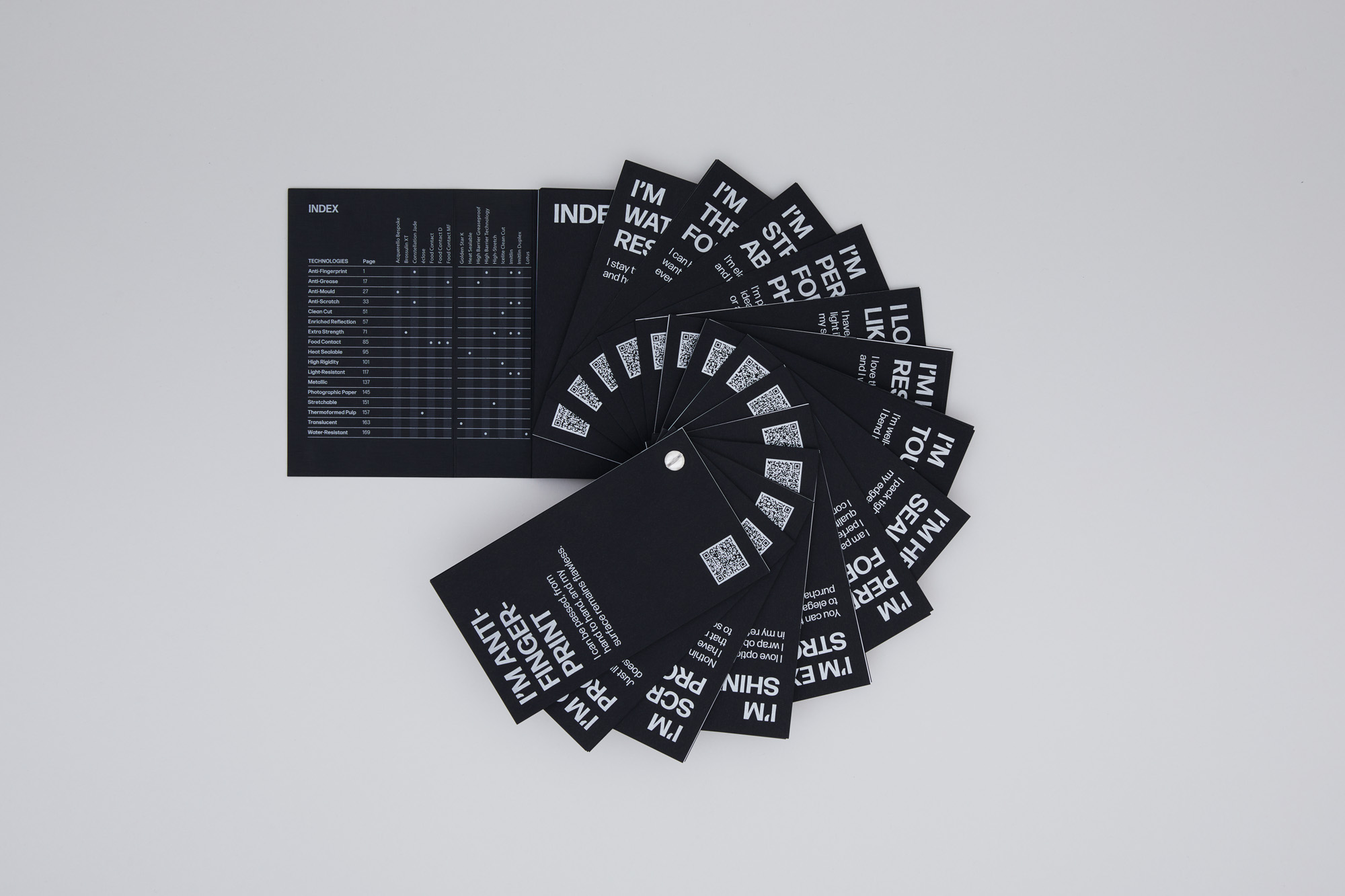
Circular packaging: from plastic to paper
Packaging makes it possible to deliver a lot of products by complying with information, safety, hygiene and shelf-life requirements. At the same time, the disposable plastic used to make most packaging has become a widely discussed issue, and growing awareness of its environmental impact has prompted consumers to ask for ever more recyclable packaging (globenewswire.com).
Where are brands heading? Toward packaging upstream designed in line with the principles of the circular economy. Aimed mainly at reducing the massive use of throwaway plastics, yet likely to protect the contents, inform, through labels, about the product safety and hygienic features, and prompt consumers to purchase the product using shapes and colors.
Shifting to a circular economy model requires a transformation in the way we design, use and reuse packaging (Ellen McArthur Foundation). With this in mind, R&D is focusing on materials with higher recycled content; on products made with a monomaterial approach or easily separable to simplify recycling; and on the use of smaller amounts of raw material also to reduce the weight and space taken up by packaging in transportation. In particular, biomaterials – biological-based materials partly or wholly derived from biomass and not consisting of fossil-derived components – are being discussed (economiacircolare.com). Among biomaterials – renewable and recyclable – a prime choice is paper.
At Fedrigoni, we believe that paper can play a key role in reducing plastic packaging, replacing the latter whenever possible. The Plastic to Paper innovation channel is the industrial strategy driving the development of all our new products.
While last year we launched Paper Snap, the disposable paper mini-packaging and the Materia Viva Roots collection, this year at Luxepack 2022 in Monaco we presented our latest paper solutions for the fashion, food and personal care sectors. The second Materia Viva collection – Metamorphosis – and Éclose are both part of the Plastic to Paper stream: paper solutions treated to retain some of the properties of plastic while remaining totally monomaterial and recyclable. This is the challenge taken up by Fedrigoni: reduce the use of plastic as much as possible and increase the recyclability of our packaging materials, working with our supply chain and designers, ever more involved in the design of circular products.
Papers that are 100 percent recyclable because they are not laminated, with limited use of polluting inks and non-eco-friendly finishes; papers suitable for packaging soap bars or other products that can be damaged by mold; papers suited for making packaging with transparent inserts, restaurant menus, photo prints, as well as elegant waterproof shoppers, eye shadow palettes, packaging for luxury e-commerce, and single-serve packaging with liquid content for food or cosmetic use.
Sustainability is driving the creativity and choices of consumers, and as Micaela di Trana, Marketing & R&D VP of Fedrigoni Special Papers, explains, “As part of new product development, we push for more and more cutting-edge solutions combining performance, aesthetics and care for the environment. Our goal is to support customers who have decided to follow the path of sustainable development and circular innovation of their products, including packaging. Plastic can be replaced with paper in many applications.”












